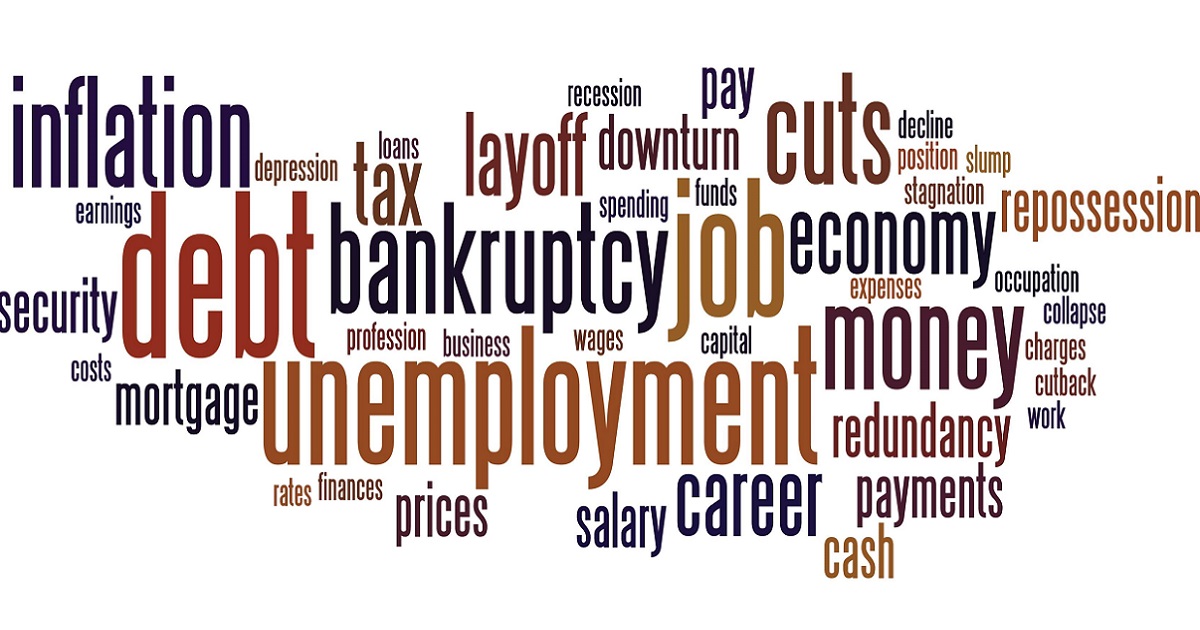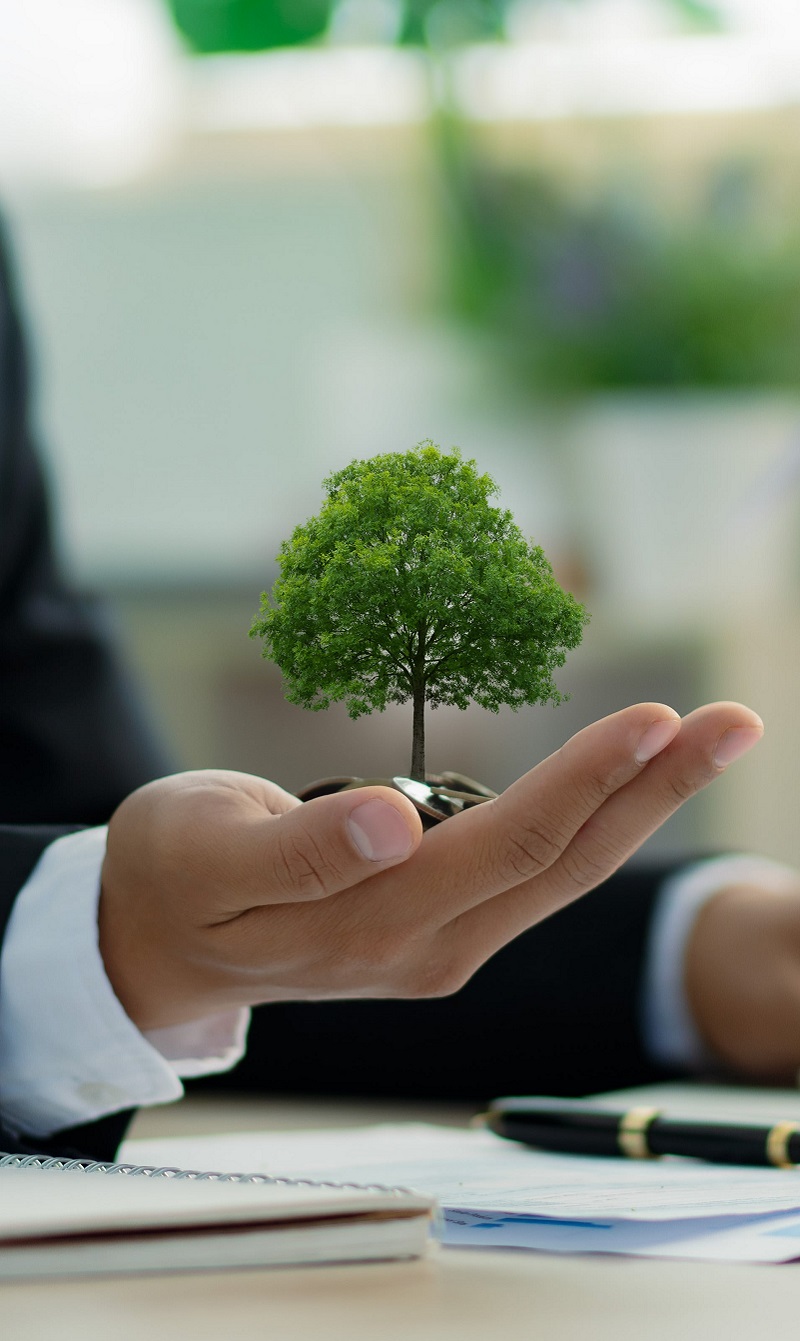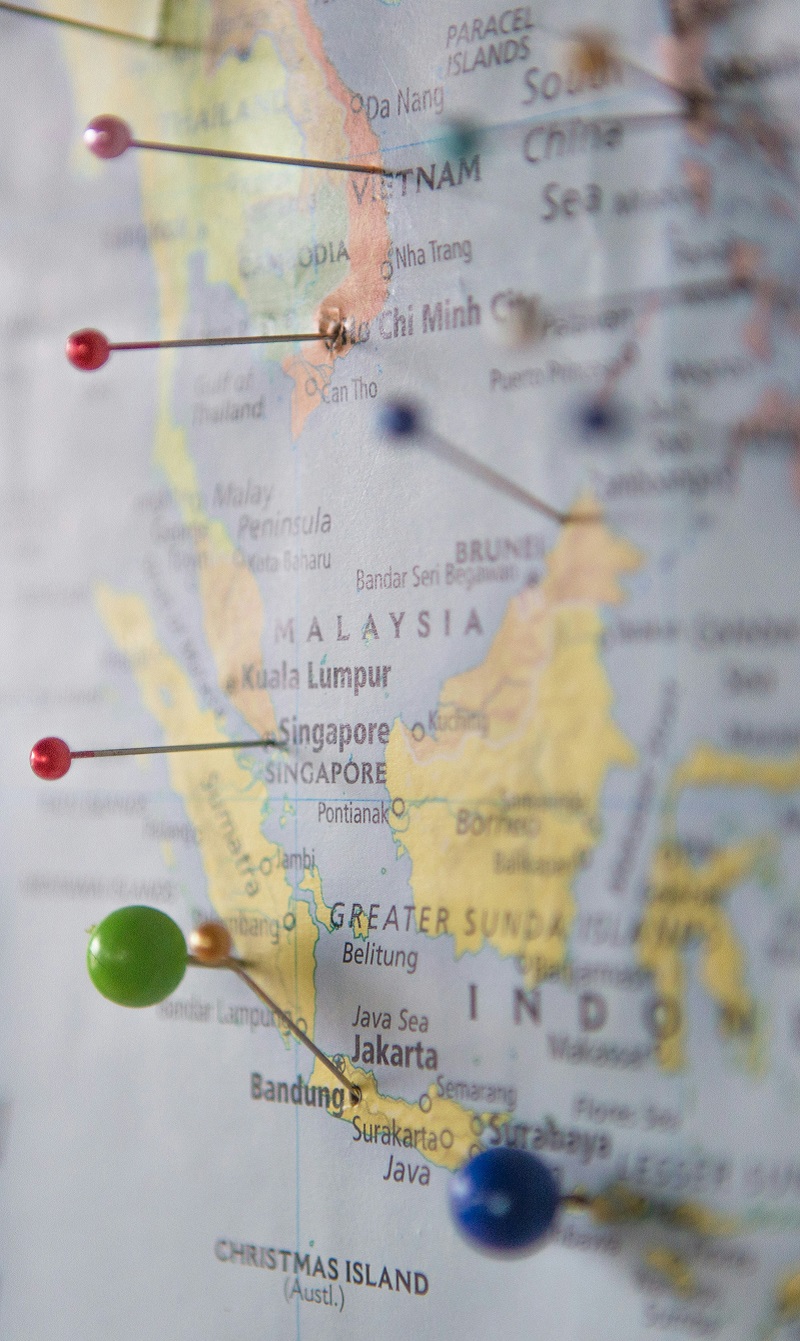Economic Challenges and Possibilities
The new decade has been marked by change, and not all for the better. We’ve been flung into crisis mode and focus on how to shape a future in the midst of an incessant disruptor. Reyana Nacerodien reports. This article first appeared in issue 6 of In Focus magazine.
Any social media interaction towards the end of 2019 would have undoubtedly brought you into contact with the #10YearChallenge. The premise? A comparison between your 2009 and present-day self to show a decade-fueled change. Retracing steps from where you were 10 years ago to now, offers a retrospective that can inform how you’d like things to unfold over the next decade and what action is needed to get there. Should you not like what hindsight has shown you, adapt and move forward to a picture you prefer – turning the picture around seemed possible. The global reality suggests a disparate picture at best, with, right now, an uncertain future view.
A Tough Start to 2020
Since mid-2019, Pakistan experienced an extreme locust infestation that led into 2020. Farmers are still struggling with crops being decimated and fearful of starvation, while economists forecast a major drop in the country’s growth. The same infestation is affecting Ethiopia, Kenya, Eritrea, Djibouti and Somalia affecting food security.
Since January, heavy rainstorms in the Southeast of Brazil have caused widespread flooding and landslides associated with Subtropical Storm Kurumí. Widespread damage has been caused in Minas Gerais, Espírito Santo and Rio de Janeiro. People have been killed and others evacuated from their homes. Clean up operations have been marred by ongoing flooding.
A series of earthquakes along the border of Iran and Turkey started in February measuring 5.7 in magnitude. The region has a history of destruction caused by powerful earthquakes that have taken their toll.
Australian fires dominated news for a number of weeks, while California was subject to the same disaster. Temperatures reaching record highs and drought conditions brought about raging bushfires and seemingly endless destruction. In California, fires extended well over 100 acres. Devastating all living creatures and the environment.
2020 Economics
While disasters of any kind, including these natural disasters, undoubtedly have an economic impact, more and more, they are becoming key markers for the global economic position. The economic experience is no longer detracted from that of the environment. Gita Gopinath, Chief Economist of the International Monetary Fund, affirmed in an interview, ‘The issues of the climate that were previously thought of as being way out there and not something within the horizon of the fund is clearly not the case anymore. We’re seeing far more natural disasters. We have financial institutions that could be very susceptible to these kinds of risks. So, we think of those being closely related.’
Beyond environmental challenges, at present, countries are still trying to deal with the impact of the Coronavirus, or COVID-19, as the global spread continues and the death toll mounts. The COVID-19 crisis has sparked a deep global recession.
Similarly, the speed with which the COVID-19 pandemic has evolved has necessitated another round of huge cuts to, American credit rating agency, Fitch Ratings’ global GDP forecasts. Fitch’s Global Economic Outlook – Crisis Update: April 2020 notes, ‘We now expect world economic activity to decline by 1.9 per cent in 2020 with US GDP down by 3.3 per cent, the Eurozone down by 4.2 per cent and the UK down by 3.9 per cent. China’s recovery from the disruption in quarter 1 of 2020 will be sharply curtailed by the global recession and annual growth will be below two per cent. There are many moving parts but in broad terms we now judge that lockdowns could reduce GDP across the EU and US by seven per cent to eight per cent (28 per cent – 30 per cent annualised) in quarter 2 of 2020. This is an unprecedented peacetime one-quarter fall in GDP and is similar to what we now estimate happened in China in quarter 1 of 2020’.
In agreement, Moody’s rating agency has called the pandemic ‘an economic tsunami’. The capitalist world is facing three intertwined crises – pandemic-induced health crisis, which has set off a financial-economic crisis, amid a climate crisis. According to Kristalina Georgieva, IMF Managing Director, the IMF anticipate the worst economic fallout since the Great Depression expecting that over 170 countries will experience negative per capita income growth this year. ‘The bleak outlook applies to advanced and developing economies alike. This crisis knows no boundaries. Everybody hurts,’ says Kristalina.
The Future View
Where will we be in six months, a year, 10 years from now? Uncertainty prevails.
Indeed, COVID-19 has changed the world. Committing all our attention to the overwhelming pressures of developments and occurrences over the last while and those presently still with us, however, should not be our sole fixation. We have to find the resilience to look ahead to the world, and, indeed, economy, that comes next.
Economists have forecast quite differently with some predicting a six percent shrinkage while others suggest 0.7 per cent growth. On the bright side, some analysts are forecasting a recovery as early as the third quarter of 2020. A variety of factors, such as government stimulus, consumer confidence, and the number of COVID-19 cases, will play into this timeline.
Fitch’s economic outlook says, ‘On the assumption that the health crisis is broadly contained by the second half of the year there should be a decent sequential recovery in growth as lockdowns are removed, some spending is re-profiled from 1H20, inventories are rebuilt and policy stimulus takes effect. But this has to be set against the many factors amplifying the depth of the dislocation, including job losses, capex (capital expenditure) cuts, commodity price shocks and the rout in financial markets. Our baseline doesn’t see GDP reverting to its pre-virus levels until late 2021 in the US and Europe.’
Whatever the recovery, undoubtedly, things have changed.
As this article is being written, the streets are quiet. Activity, economic or otherwise is being redefined by social distancing and remote working conditions. A rethink of supply chains, the nature of productivity and many aspects of the working world has been necessitated by the COVID-19 spread. Positive for some, but challenging for others, the pandemic has forced digital enablement and transformation on us all, even those who were reluctant to make the switch and those who wanted to but didn’t quite know how.
Daniel Araya, in a Forbes article titled The Revolution After the Crisis, believes we are on the cusp of a digital renaissance that builds on technological trends that had begun before the pandemic.
‘Even as COVID-19 consigns us to our homes,’ he says, ‘it’s also reinforcing technological trends that began prior to the pandemic. It’ll be a world in which society is rooted in the convergence of a renewable energy Internet (clean technologies and smart grids), a digitised mobility and logistics infrastructure (autonomous electric vehicles, AI, and IoT), and augmented human intelligence.’
With individuals unable to go about their usual offline activities, the appetite for digitisation for everything from online activities like online shopping – where that’s still available during lockdowns – digital video conferencing and online banking has escalated. Also, COVID-19 could well expand the appetite for digital payment solutions as individuals embrace contactless transactions.
The Deutsche bank’s macro strategist Marion Laboure has been tweeting about the coronavirus accelerating the use of digital currencies and causing this transformation. It’s because ‘hand-to-hand exchange of physical currency could transmit COVID-19, countries around the world are being forced to reconsider the use of cash’. While some outcomes can’t be predicted, new processes such as new payment structure seem inevitable.
Management consulting company, McKinsey & Company says, ‘A shock of this scale will create a discontinuous shift in the preferences and expectations of individuals as citizens, as employees, and as consumers. Clearly, the online world of contactless commerce could be bolstered in ways that reshape consumer behaviour forever.’
Possibilities Exist
There are a few really positive things that could come out of this dark period for the economy. The benefit of hindsight, for example. Once we get a chance to look back, the crisis could prove to be a profound turning point for the world. Undoubtedly, a reprioritisation will happen suggesting a renewed chance for environmental, social and governance considerations to top the agendas of economic stakeholders, including consumers, companies and governments. An elevated consciousness is possible.
Already, people and businesses have adopted to a new normal, embracing digital even if they haven’t before. In a post-pandemic world, applying digital solutions to solve business problems will become the new normal thereby facilitating even more possibilities for development and upliftment.
From the start, social media has thrived on campaigns, social tasks and challenges that have seen followers post their achievement of bizarre doings to participate in the currently trending movement. Often, it’s hard to draw inferences or value from these activities: we’d challenge anyone to detail the lessons learnt from the famous ice-bucket challenge. Admittedly, that’s not what such campaigns are designed for, though a 10-year view seems more telling.
With the #10YearChallenge, the challenge isn’t really in posting pictures on social media. The challenge lies in harnessing the experience of the period under review.
What started off as a casual way to emphasise ageing gracefully by celebrities has taken over the Internet and has highlighted a number of both positive and negative changes over the last 10 years. Alongside this, people have shared positive global changes as part of the viral movement. Cities, towns and other locations have highlighted positive developments such as developed infrastructure and growth. Statistics affirmed improvements in literacy rates, a decrease in child mortality and an increase in the use of sustainable sources of energy as well as the global average life expectancy to name a few.
Irrespective of the view held about social media events or campaigns like the #10YearChallenge, and even global events we experience, change over the long-term is, as the saying goes, inevitable. While the world of social media is dominated by immediacy, this challenge, above all others, offers some perspective. The #10YearChallenge global phenomenon does allude to the all-important journey that has led to here and now, revealing even more than face-value progress, but insight for the years ahead.
A lot can happen in a decade.
Main photo by PublicDomainPictures from Pixabay





